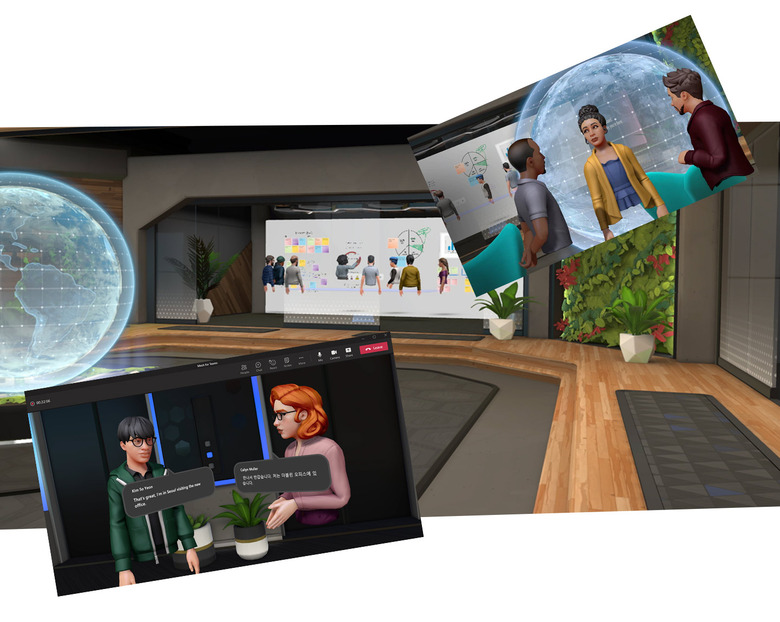Microsoft's Mesh For Teams Lets 3D Avatars Be You On Video Calls
Mesh for Microsoft Teams was revealed this week as the company's key to the doorway that is the metaverse workplace. It is with Mesh for Microsoft Teams that the company shows they understand the way people collaborate and work today – but it's more important than that. Mesh shows us Microsoft is ready to deliver virtual presence for people that've just gotten out of bed and wouldn't otherwise want to appear on camera.
Presence without formality
Mesh for Microsoft Teams allows a user to create a virtual avatar for their public self. With this avatar, a person is able to join in on basic video chat or enter a virtual or mixed reality collaboration platform without needing to change out of their pajamas.
Below you'll see a presentation video from Microsoft CEO Satya Nadella at Ignite 2021 describing and demonstrating Mesh for Microsoft Teams. It is with the technology enabled by Mesh that Microsoft hopes to make Teams the go-to place for top-level virtual work.
The tools delivered by Mesh for Microsoft Teams all represent ways "to signal we're in the same virtual space, we're one team, we're one group, and help take the formality down a peg and the engagement up a peg," said Microsoft corporate vice president Jeff Teper.
Mesh for Teams will be accessible from "standard smartphones and laptops to mixed-reality headsets." Specialized hardware is not necessary for the most basic functionality, including 3D avatars. Microsoft suggested this week that they envision the first step for most users of Mesh for Teams is the joining of a Teams meeting as a customized avatar of themselves.
No camera required
You may have already used augmented reality tech to plant graphics over your face with an app like Snapchat. This augmented reality tech follows you around, reacts to your facial features – it delivers an entertaining experience, to be sure. With Mesh for Teams, Microsoft went a step further and started work on representational graphics based on audio cues.
Your avatar will sit in place if you do not make a sound. As you begin to speak, your avatar will begin to animate. "There will be a feeling of presence even though it's as simple as being able to take your audio and manifest that as facial expressions," said Katie Kelly, principal project manager with Mesh for Teams at Microsoft.
If what Microsoft described today can be done in the real world, released and functional without interruption for standard remote work around the world, they'll have a life-changing platform on their hands.

How do I download Mesh for Teams?
At the moment, Microsoft is starting to allow users of many sorts to test the tech before it's ready for prime-time release. Mesh for Teams isn't yet an add-on for Teams or a stand-alone app you can use at-will just yet. Mesh for Teams will be released as a slightly more public preview in what Microsoft suggests will be the first half of 2022.
More Mesh
This isn't the first time we've seen Microsoft introduce Mesh. The first Microsoft Mesh presentation appeared in March of this year, with a massive overview of the future of the platform.
What's new today is Microsoft's direct integration of Mesh with Microsoft Teams. They've released a Mesh for Microsoft Teams sign-up page, preparing to onboard users of all sorts with the tech in the very near future.
